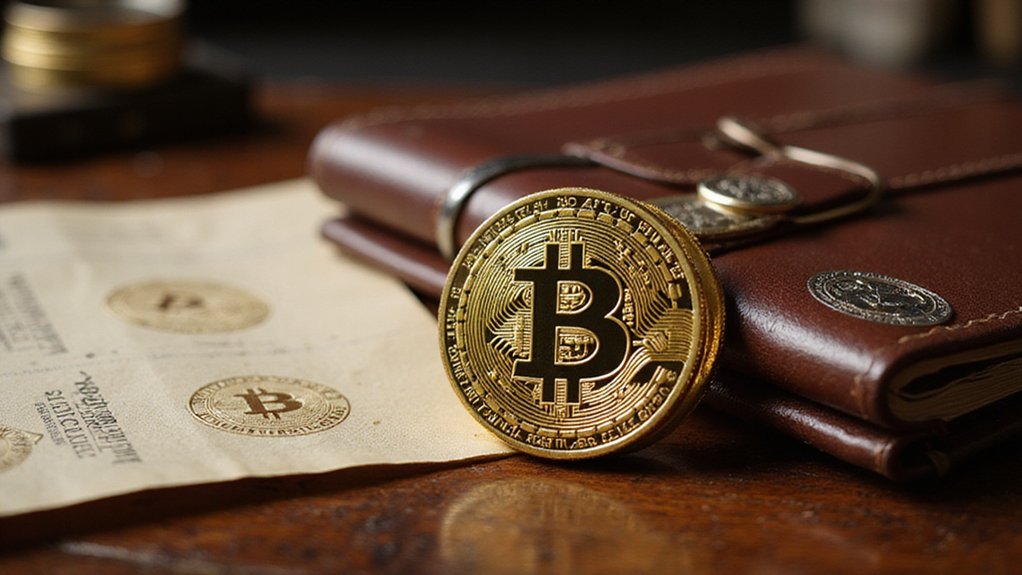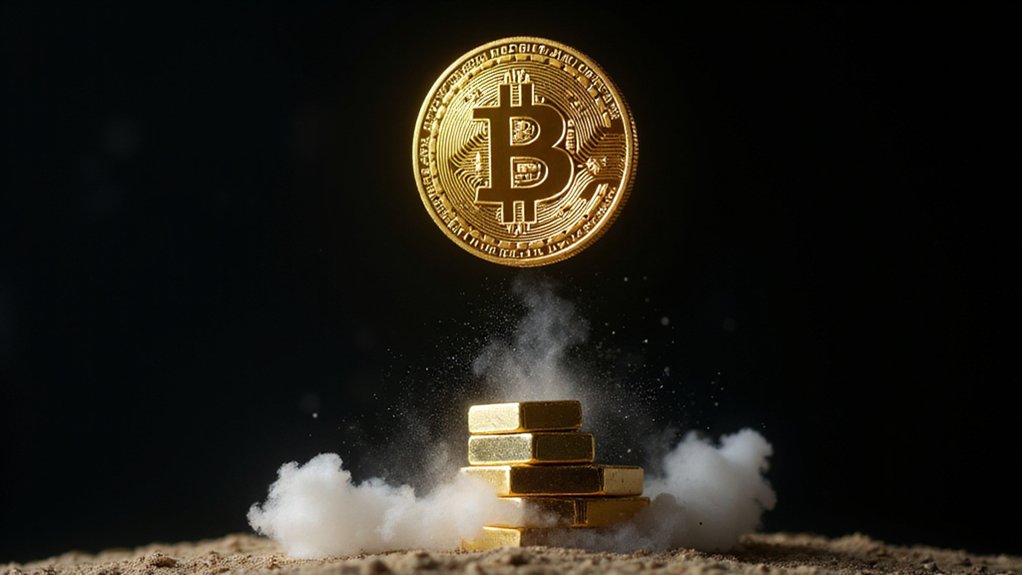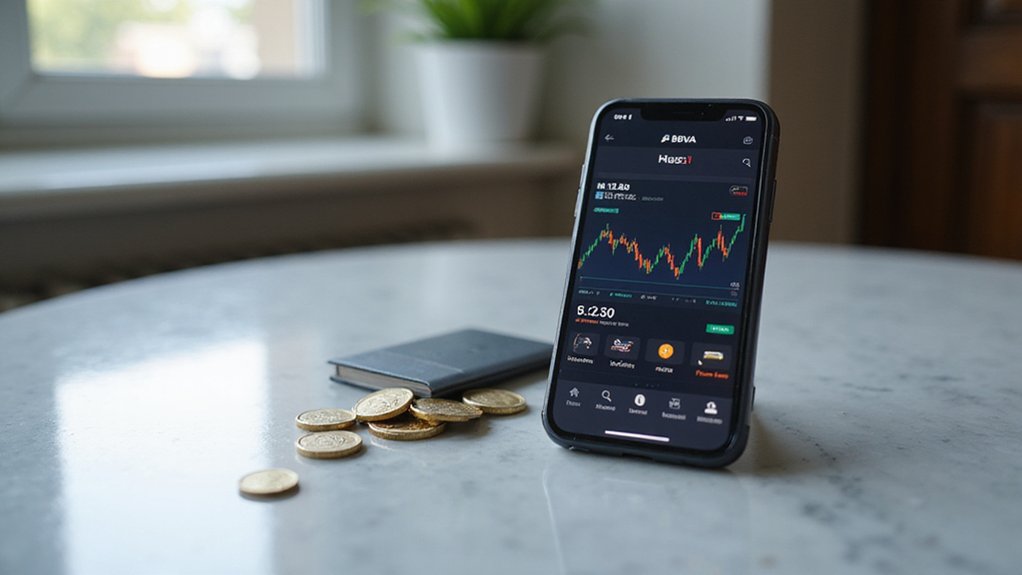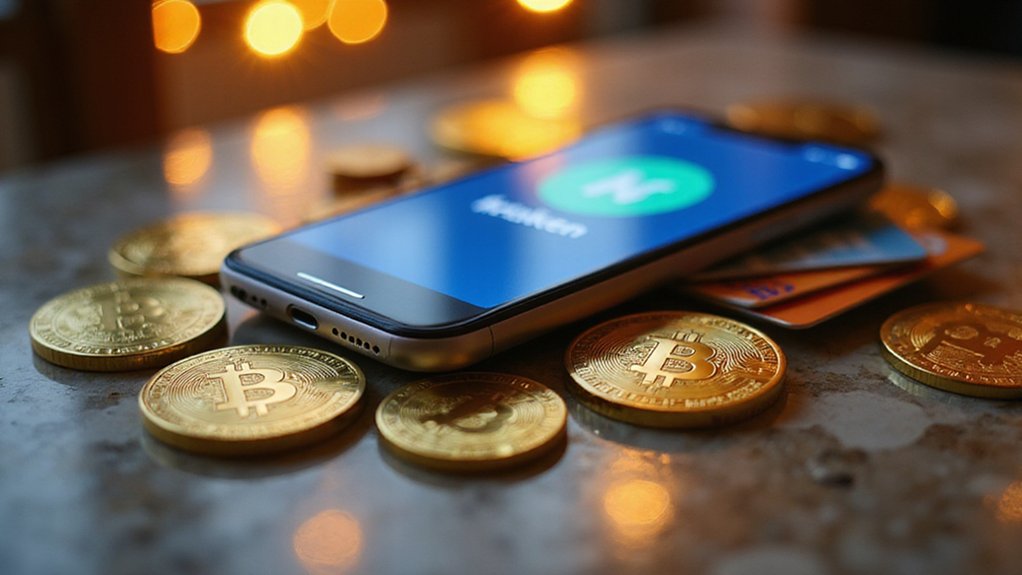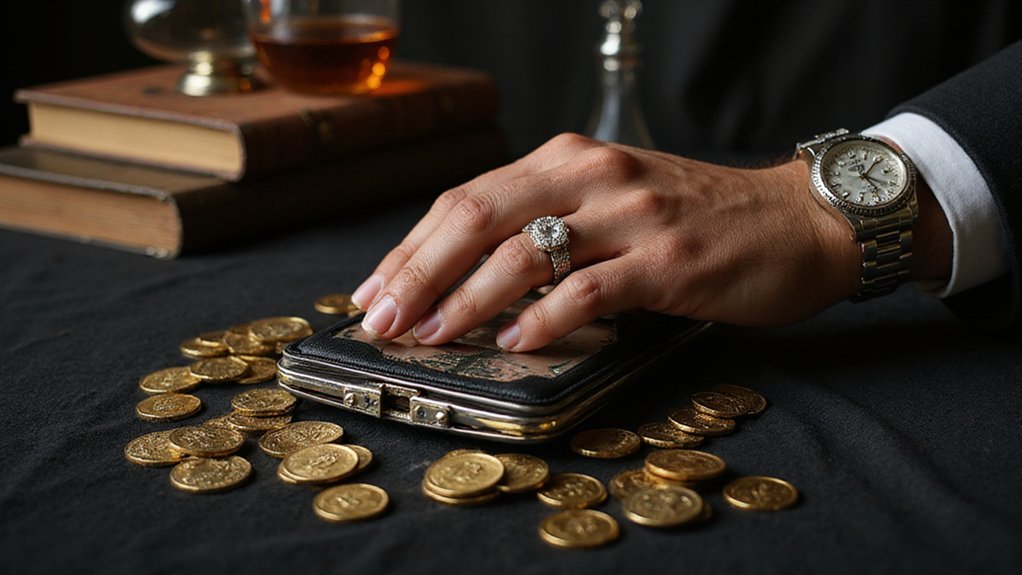Trump Media and Technology Group has transformed from a struggling social media venture into an unlikely cryptocurrency juggernaut, announcing a $2.5 billion Bitcoin treasury initiative that would position the company as the third-largest corporate Bitcoin holder globally.
The ambitious fundraising effort—comprising $1.5 billion through stock offerings and $1 billion via debt financing from approximately 50 large investors—would enable TMTG to acquire over 22,500 Bitcoin at current prices hovering around $110,000 each. This strategic pivot represents a dramatic evolution from Trump’s earlier cryptocurrency skepticism, marking his shift from digital asset critic to enthusiastic proponent of what he once dismissed as speculative froth.
Simultaneously, Trump Media filed with the SEC to launch the “Crypto Blue Chip ETF,” targeting approval for a 2025 debut on the NYSE Arca platform. The fund’s allocation strategy reveals institutional thinking: 70% Bitcoin, 15% Ethereum, 8% Solana, 5% Cronos from Ripple, and 2% Crypto.com’s token. This diversified approach suggests sophisticated portfolio construction rather than mere momentum chasing, though the timing coincides suspiciously with Trump’s recent memecoin launch and black-tie $TRUMP supporter galas.
Trump Media’s crypto ETF filing reveals calculated institutional strategy beneath the theatrical timing of memecoin launches and supporter galas.
The regulatory landscape has shifted dramatically to accommodate such ventures. The SEC’s recent guidelines easing crypto ETF regulations—part of broader Trump administration crypto-friendly policies—have facilitated this aggressive expansion. Several enforcement actions against crypto companies have been dropped or paused since Trump’s return to office, creating an environment where such bold moves become strategically viable. The administration’s efforts position the U.S. as a potential global leader in cryptocurrency development.
Trump’s family has financially backed crypto ventures including World Liberty Financial and American Bitcoin, while the launch of the $TRUMP memecoin days before the presidential inauguration raised eyebrows regarding potential pay-to-play dynamics. These developments reflect calculated adaptation to institutional investment trends rather than ideological conversion. The diversification strategy emerges from ongoing challenges in social media advertising, pushing the company toward finance, streaming, and crypto sectors. The meme cryptocurrency market has shown remarkable resilience, with Dogecoin maintaining a market capitalization between $25 billion and $34 billion despite its origins as satirical commentary.
The Bitcoin treasury initiative ostensibly aims to diversify assets and hedge against inflation, though positioning behind only Strategy and a crypto mining company as the third-largest corporate holder suggests grander ambitions.
With Crypto.com serving as digital custodian, the infrastructure appears professionally managed, lending credibility to what might otherwise seem like opportunistic positioning in an increasingly crowded crypto ETF marketplace.
